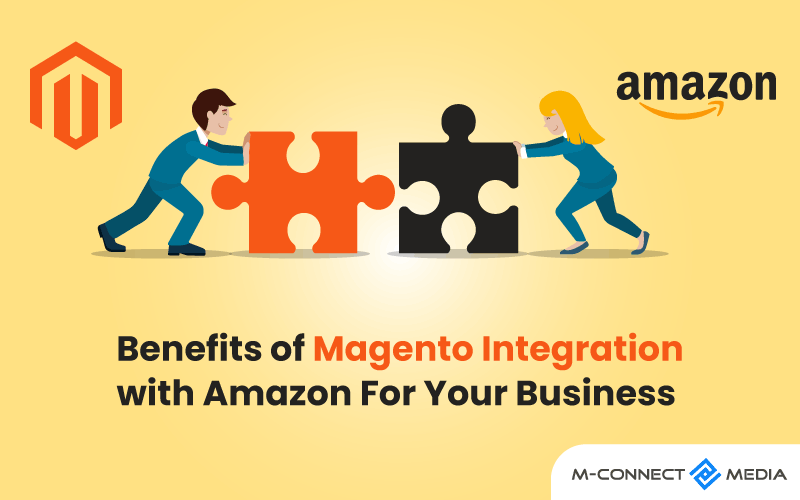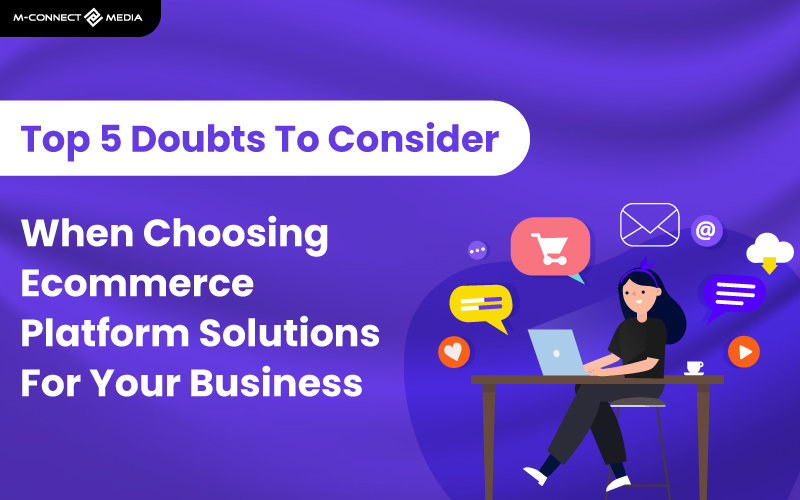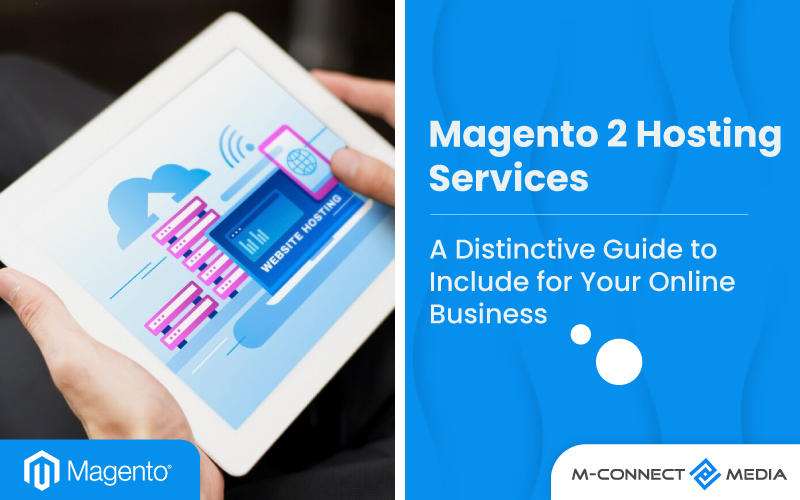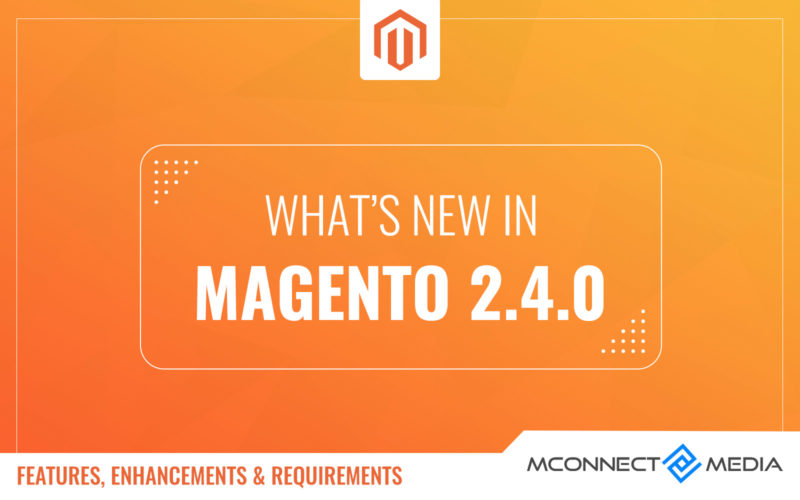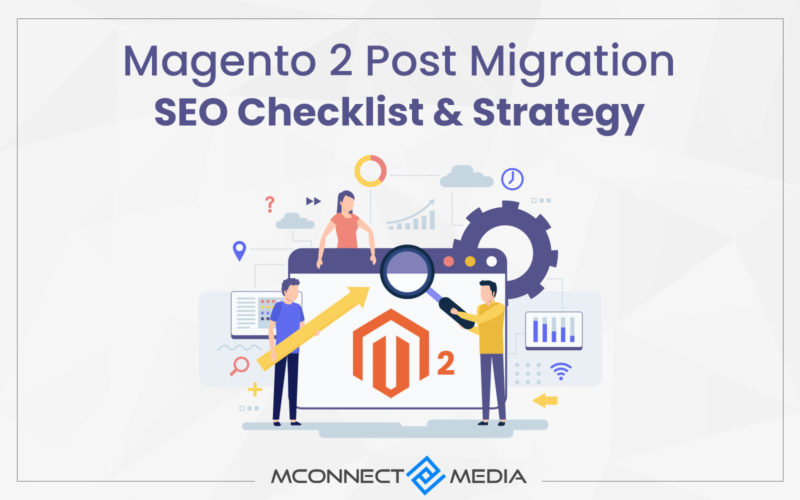Magento and Amazon integration is the finest strategy to enhance your online sales using internet platforms. Magento is the most effective eCommerce platform for small enterprises, and Amazon offers a large marketplace.
Integrating Magento with Amazon allows you to offer your items to a new audience. Moreover, Synchronize product inventory, pricing, and orders across the two systems without losing a single byte of data and control all sales from the Magento dashboard.
If you have a Magento store yet to integrate with Amazon, you are missing out on a massive opportunity. However, if you are a Magento merchant looking to combine online business with Amazon, you have come to the right place!
So, let’s look at why you should connect Magento with Amazon and how you can use the best Magento integration services. In this post, we’ll examine the reasons for Magento 2 Amazon integration and how to integrate it.
What is Magento and Amazon integration?
Simplify your e-commerce operations with Magento Amazon integration, which establishes a two-way connection between your Amazon and Magento 2 stores. Bid farewell to manual data updates and streamline the process of importing Amazon orders and products to Magento while exporting Magento products to Amazon effortlessly.
Magento includes plug-ins and extensions that may be used to export data straight to Amazon. Amazon receives updated product information, inventory figures, and fulfilment information. Moreover, Magento extensions, too, import data from Amazon.
Create the store on the Magento platform and connect it to Amazon. Magento serves as an all-in-one e-commerce solution for your company, and Amazon assists in gaining access to one of the significant marketplaces’ clients.
Magento integration on other platforms may assist firms that focus on core strengths instead while specialists manage integrated e-commerce stores. Moreover, A business owner should use Magento integration to get the best service provider and avoid risk failures in the business model.
Also Read: Useful Magento QuickBooks Integration Extensions and Connectors
Key Features of Magento
- Magento is an eCommerce platform with extensive customization options. Its open-source version gives it a low-cost solution for fast-expanding businesses.
- Magento has extensive worldwide support. Because it is open-source and brings together many developers in the community.
- The platform provides access to PHP code and allows you to configure the required solutions to suit business requirements.
- Complexity, scalability, and customizability are all essential considerations. That is why Magento’s capabilities appeal to large web companies with high traffic and turnover.
- It can handle hundreds of orders and clients each hour without slowing down the website. You may launch a store in several languages and connect the organization to numerous brands.
Key Features of Amazon
- Amazon began as a bookshop and has since evolved to become the second-largest shopping network in the United States.
- It features a robust website and offline sales stations with automated checkout and offers cloud computing and other services.
- Even when you think about online buying, one of the first things that come to mind is Amazon.
- As a result, selling items on Amazon alongside the Magento website and integrating Magento with Amazon may be feasible.
- The third-Party Seller’s option allows you to sell on Amazon in various countries, including US, UK, Canada, and Mexico. You become a third-party vendor if you apply for this program.
- Individual and Professional programs are offered. In terms of pricing, the former is $0.99 per item sold.
Benefits of Magento Amazon Integration
Integrating Magento 2 with the Amazon sales channel with real-time data synchronization can help your online business succeed. Moreover, The outcomes are fantastic and will also help you expand into other markets!
Here are some of the benefits of integrating Magento with Amazon:
Increase Visibility
With this integration, you can reach a larger audience by promoting your items across different channels. We all know that Amazon has millions of customers and that many more are added daily. This will assist your audience in finding and purchase your items in the shortest amount of time.
Save Valuable Time
You save time that you may use to focus on other critical parts of your e-commerce business. You don’t have to waste time maintaining two distinct platforms; instead, you can focus your time and efforts on administering a single integrated solution. You may also upload and manage inventory from a single dashboard.
Improve Customer Experience
This integration will allow you to focus on providing excellent customer service and obtaining good client feedback to attract more consumers and develop business. You may also improve customer service by integrating CRM with eCommerce systems to engage visitors better, track consumer preferences, and promote customer retention.
Spend Less Money
In addition to saving necessary time, you may reduce business costs. Because, as an e-commerce business, you understand that every second has monetary value. With amazon magento 2 integration, you may save the time spent on business operations and redirect it to sales-generating activities. These revenue-generating duties also include acquiring new items, promoting, and expanding into new sales channels.
Order Management
With real-time synchronization, orders submitted on Amazon are displayed on Magento dashboard, allowing you to efficiently track the whole order fulfilment process from a single admin panel. They are shown in real-time, and all data is synchronized, allowing you to follow order fulfilment from the Magento admin panel.
Support for Other Systems
If you want to invest in your company’s long-term needs, investing in a system that supports ERP, POS, and accounting platforms is wise. That also implies that even if you change your back-end technology in the future, your integration efforts will continue unaffected.
Inventory Management
With Amazon and Magento integration, you will receive notifications anytime stock will likely fall below a certain level. Furthermore, you will be alerted quickly if any purchases are returned or refused due to a flaw on either Magento or Amazon via a single platform. This will also allow you to focus on providing the finest customer experiences rather than worrying about inventories.
Also Read: 10 Best Magento 2 Mobile App Builder Extensions in 2023
How To Integrate Magento with Amazon
Integrating your Magento business into Amazon’s Seller Central is the first step in integrating Magento with Amazon. The following are the steps you may take to integrate Magento with Amazon:
Create an Amazon Seller Central account: If you still need one, create one by going to https://sellercentral.amazon.com. Set up your account and complete the registration procedure by following the prompts.
Install an Amazon Integration Extension: For Magento, there are various Amazon Integration Extensions available, including Amazon Sales Channel by Magento and M2E Pro. Select an extension that meets your requirements and install it on the Magento store.
Use Extension to Connect Amazon Account: After installing the Amazon Integration Extension, you must link it to your Amazon Seller Central account. To join, follow the instructions provided by the extension.
Customize Extension Settings: After connecting the Amazon account to the extension, you must customize the extension settings. Setting up delivery choices, price policies, product listings, and inventory management are all part of this.
Test and Launch Integration: Before launching integration, thoroughly test it to confirm that it is functional. Launch integration and begin selling on Amazon after you’re pleased with the results.
Connect to Amazon’s large client base and boost your business by integrating Magento with Amazon. However, it is critical to ensure that your integration is appropriately configured and functioning to avoid problems with your orders or inventories.
Also Read: Top 10 Must have Magento 2 Extensions for your E-commerce store
Conclusion
Magento Amazon integration has the potential to improve revenue. An online retailer’s investment in Magento integration with Amazon will pay off handsomely in the shape of new clients from various areas.
In brief, selling on Magento 2 and Amazon is an excellent way to reach more prospective consumers and increase sales. Magento 2 Amazon integrations also save merchants time and effort because they do not have to construct all new stores from the start.
There are several things to prepare for, including strategy, inventory, and resource management. It is better to use Magento integration services to ensure the preservation of standards to maintain quality control.
We (Mconnect media) are the world’s leading Magento extension vendor and magento website development services. We promise to deliver high-quality products and services with the help of skilled and qualified Magento developers to optimize business.
Frequently Asked Questions (FAQs):
What is Amazon Magento inventory integration?
You can manage numerous Amazon seller accounts using Magento 2 Amazon Integration from a single Magento panel. Connecting multiple accounts to the Magento site allows you to easily manage all the actions involved in selling on Amazon. Furthermore, Products and orders from both versions are executed simultaneously, saving time and effort.
How do I integrate Amazon Pay in Magento 2?
- Create your account: Set up your Amazon Pay account. After you’ve registered, you’ll need to log in to Seller Central to finish setting up your account.
- Allow Amazon Pay: Enable Amazon Pay on your site and test it by making purchases in Sandbox Mode without completing a payment.
- Go live now: Allow hundreds of millions of Amazon shoppers to purchase from your website.
How to integrate 3rd party API in Magento 2?
Log in to the Magento admin and navigate to System -> Web Services -> SOAP/XML-RPC – Users. Fill out the “Add New User” form after clicking “Add New User.” Moreover, Remember the information you entered for “User Name” and “New API Key” in mind. After you’ve saved the user, navigate to System -> Web Services -> SOAP/XML-RPC – Roles and click the “Add New Role” button.

